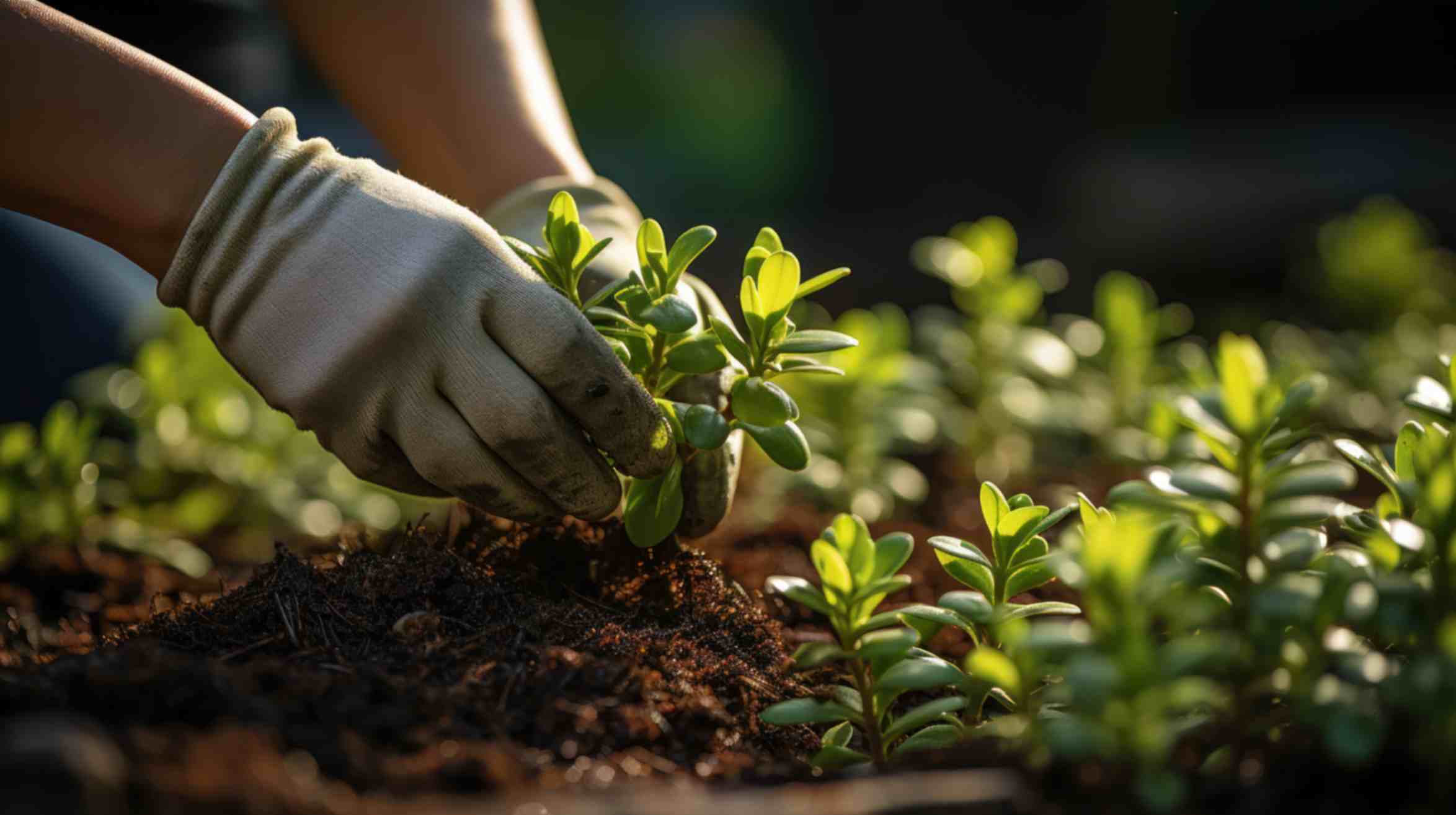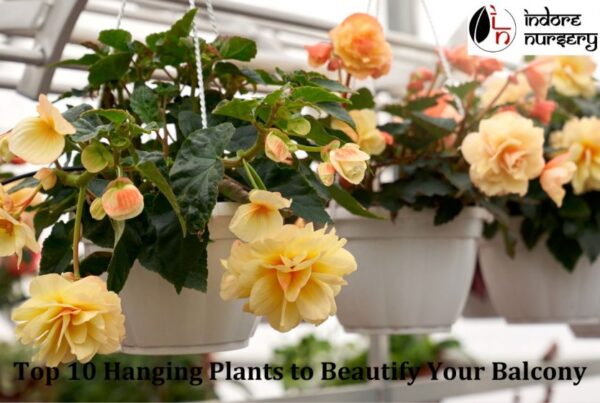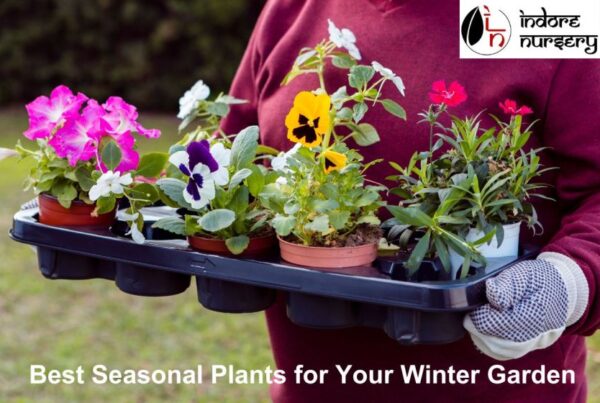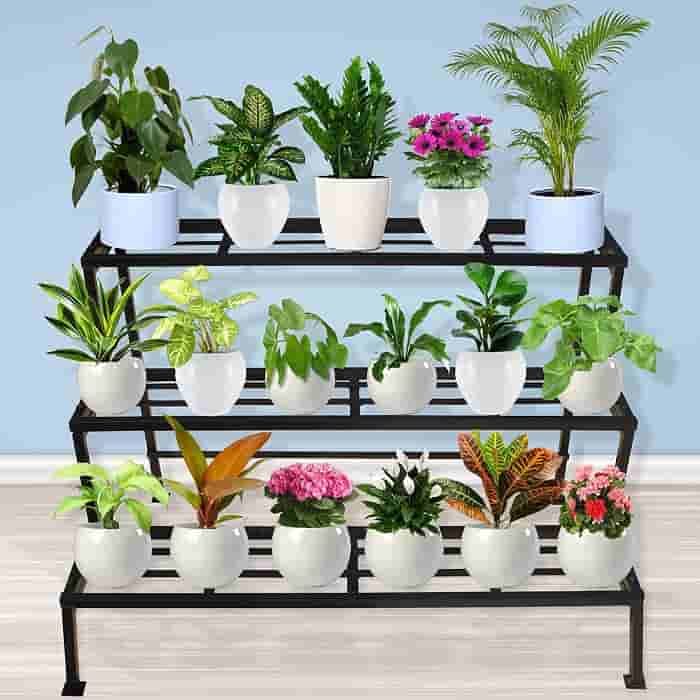Understanding Sustainable Gardening
Sustainable gardening is about eco-friendly practices that ensure the long-term health of your garden and the environment. It uses organic methods to avoid chemicals, conserves water with techniques like drip irrigation, and selects native plants that need less care. Composting garden waste improves soil and cuts down on the need for chemical fertilizers. Mulching keeps the soil moist and helps control weeds. These practices make the garden healthier, reduce waste, and support local wildlife. Sustainable gardening focuses on eco-friendly methods to keep your garden thriving and beautiful.
What is Sustainable Gardening?
Sustainable gardening uses eco-friendly methods to keep your garden healthy and help the environment. It means using natural methods, avoiding chemicals, and saving resources. Important steps include composting to enrich the soil, mulching to keep moisture and control weeds, and planting native plants that need less water. It also involves saving water with drip irrigation and recycling garden waste. These methods make your garden healthier, help local wildlife, and keep your garden beautiful while reducing your impact on the environment.
Importance of Sustainable Gardening in Urban India
Sustainable gardening in cities like those in India is very important for the environment and quality of life. It helps reduce pollution, manage waste, and save water. Using eco-friendly methods like composting, mulching, and planting native plants improves soil and supports local wildlife. It also creates green areas that cool the city and clean the air. Plus, it brings people together and gives fresh, chemical-free food. As cities grow, these gardening practices are important for making urban areas healthier and stronger.
Benefits of Urban Gardening
Urban gardening has many benefits. It helps clean the air by adding green spaces and cutting pollution. Growing food close to home reduces the need for transportation, which lowers carbon emissions. Urban gardens provide fresh, healthy food and save money. They also encourage exercise and offer a relaxing space. These gardens bring neighbors together and help manage rainwater and cool down city areas, making cities better places to live.
Environmental Benefits
Urban gardening has many environmental benefits. It adds green spaces that help clean the air and absorb pollution. Plants in these gardens catch rainwater, which reduces runoff and lowers flood risk. Growing food locally reduces the carbon footprint from transporting it. Green spaces cool down the city and lower heat. Urban gardens also offer homes for insects, birds, and wildlife. Overall, these gardens make cities healthier and better for everyone.
Choosing the Right Plants for an Eco-Friendly Garden
To create an eco-friendly garden, choose plants that suit your local climate and soil. Native plants are best because they need less water, fertilizer, and chemicals, and they help local wildlife. Pick drought-resistant plants to save water and reduce maintenance. Choose plants that help improve soil, like legumes that add nutrients. Avoid invasive species that can harm local plants and animals. By picking the right plants, you make a garden that is good for the environment, saves resources, and supports local wildlife.
Native Plants for Urban Gardens
Native plants are great for urban gardens because they grow well in local conditions and need less water, fertilizer, and pesticides. They are adapted to the area, so they’re easy to care for and tough. Native plants also help local wildlife by offering food and homes for birds, bees, and butterflies. They support local biodiversity and reduce gardening’s environmental impact. Plus, they improve soil health and help manage rainwater. Using native plants makes urban gardens more sustainable and eco-friendly.
Benefits of Native Plants
Native plants are perfect for local weather and soil, so they’re easy to care for. They need less water, fertilizer, and pesticides, which is better for the environment. These plants provide food and homes for local wildlife like birds, bees, and butterflies. They also help keep soil healthy and manage rainwater by reducing runoff. Plus, they make gardens look good and are good for the planet. Overall, native plants are a smart and eco-friendly choice for gardening.
Drought-Resistant Plants
Drought-resistant plants are great for gardens with little water. They can survive with less rain and need less care. These plants usually have deep roots or other ways to keep moisture. Examples are succulents, lavender, and ornamental grasses. They save water and reduce the need for frequent watering, making the garden more sustainable and healthy even when it’s dry.
Advantages of Drought-Resistant Plants
Drought-resistant plants are great because they need less water and care. They have deep roots or waxy leaves that help them keep moisture, so they grow well even in dry conditions. These plants save water and make your garden more eco-friendly. They also need fewer fertilizers and pesticides. Overall, drought-resistant plants keep your garden healthy and use water more efficiently.
Container Gardening for Urban Spaces
Container gardening is perfect for small urban spaces with limited soil. You can use pots or boxes to grow plants on balconies, rooftops, or small yards. Containers help you control soil and watering, keeping plants healthy. This method is flexible and lets you grow many types of plants, from veggies to flowers. Container gardening also adds greenery and beauty to city areas, improves air quality, and can provide fresh produce. It’s a practical and fun way to garden in small spaces.










Recent Comments